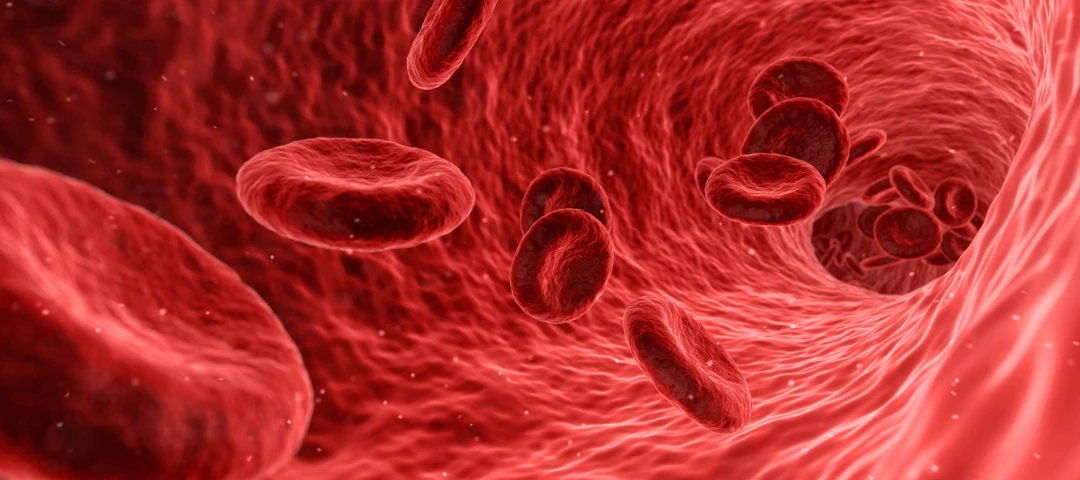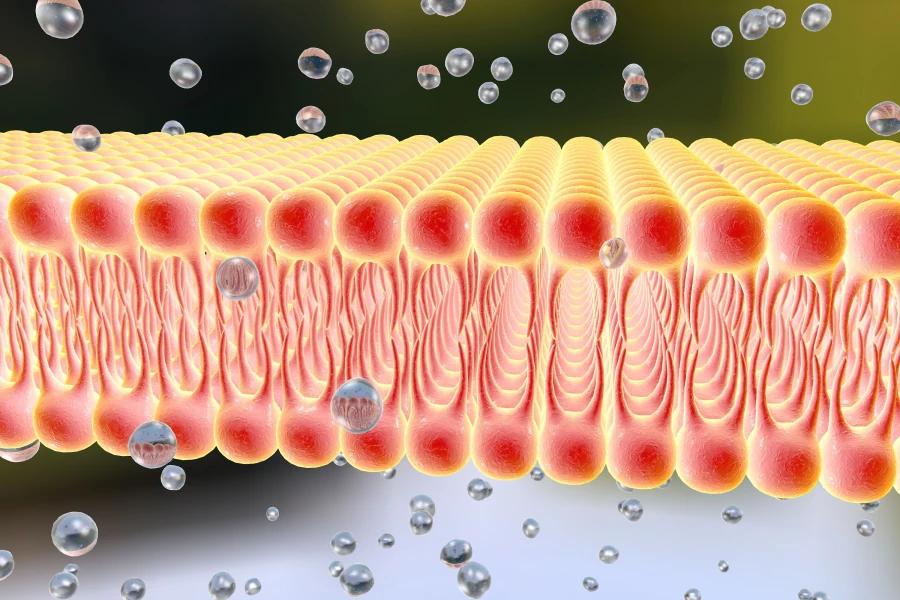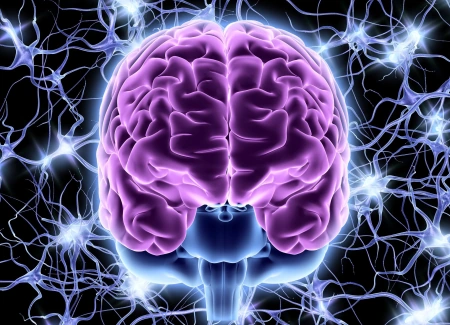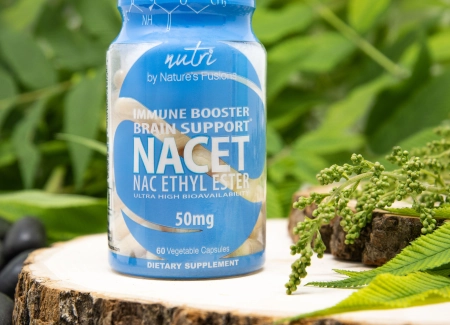Blood Brain Barrier

There is a lot of talk in the world of health about the blood-brain barrier. But what is it, and why is it such a big deal? The short answer is that the blood-brain barrier provides some serious security for what can and what can’t enter your brain. Read on to better understand this important gateway to your central nervous system.
The Blood-Brain Barrier (BBB)
The blood-brain barrier (BBB) refers to the specialized blood vessels responsible for delivering oxygen and nutrients to your system of all systems: the central nervous system (CNS). The special properties in these blood vessels allow for far greater regulation as to what comes in and out. Because your central nervous system is so critical to your survival, your BBB keeps a tight ship. It protects your brain from toxins and pathogens, keeps your CNS in homeostasis, and protects your central nervous system from injury, disease, and inflammation.

The Bones of the Barrier
Your blood vessels perform a vital job. They move oxygen-rich blood from your heart to every single organ and tissue that makes up your body. This is how nutrients and oxygen are delivered to your cells, and how metabolic waste such as carbon dioxide are removed. They are also the method by which hormones deliver messages throughout your body, and the transport structure for your peripheral immune system. This mega-highway is comprised of arteries, arterioles, capillaries, venules, and veins.
The main difference between regular blood vessels and those of the BBB is within the endothelial cells (EC) or blood vessel walls. The endothelial cells of the central nervous system are formed with much tighter junctions between the cells than those of any other blood vessels. The tightness of these cells is what gives the BBB its heightened control.
Sometimes, this tightly controlled regulation of the BBB can go too far to both extremes. If your BBB loosens the reins too much, it will become dysfunctional. This can happen during a stroke, brain injury, or with neurodegenerative disorders such as Alzheimer’s and Parkinson’s disease. However, at times, you might need your BBB to be a little more lax and allow a necessary drug or treatment to be delivered to your CNS. This is a challenge for pharmaceutical developers to overcome.
Fortunately, these scientists have discovered ways to get protective and curative nutrients beyond the BBB. Doing so performs several functions, such as boosting brain function and improving memory. They have learned that, in general, a molecule has to be lipophilic (fat soluble), have a very low molecular weight, and be positively charged to pass through the blood-brain barrier. The more lipophilic a molecule is, the faster it can penetrate the brain. Additionally, it is possible for a nutrient to be carried through the blood barrier on a membrane transport protein, or solute carrier. There are other transport mechanisms, as well.




NACET and the BBB
NACET is highly lipophilic, which, as you now know, allows the NAC through the BBB where it can assist the central nervous system directly. With NACET supplements, once the NAC is distributed throughout your cells, it is converted to cysteine, which your body then uses to synthesize the powerful antioxidant glutathione. Amazingly, NACET increases plasma levels of cysteine by 400-800%, and GSH by 250%. This is important, because as you age and are exposed to environmental toxins, your GSH levels fall significantly, leaving you vulnerable to disease-causing free radicals and oxidative damage.*
What This Means for NACET
Before NACET, people used supplemental NAC to increase cysteine levels. These supplements are ultimately intended to amp up the body’s production of the antioxidant master, glutathione (GSH). While NAC is somewhat effective at raising GSH levels, it is mostly metabolized by the liver and kidneys, allowing very little to move on throughout the rest of the body. It doesn’t penetrate the brain-blood barrier, and is nearly undetectable in the plasma, even when taken in large doses. Plus, while NAC is much more bioavailable than glutathione supplements (4-6% as opposed to 0%), there is still a lot of room for improvement.
NACET, on the other hand, has an impressive bioavailability of 60-80%. The main difference between NACET and NAC is the esterification process. This process disguises the NAC so that it isn’t recognized as valuable by the liver and kidneys. This allows it to be directly absorbed into the red blood cells, where it can be distributed throughout the body.
So, what does NACET mean for you? It means that you don’t have to accept disease as a necessary part of aging. It means that you have a much better chance of keeping your eyesight, your healthy joints, and your cognitive function for life. It means that you can fight the depletion of your glutathione levels. It means that you can keep your edge in the war against free radicals.*
It can be disconcerting to learn that one of your most powerful antioxidants will begin to deplete as you age. Luckily, you don’t have to let it stay that way. NACET is highly effective in bringing those levels right back up to where they should be, right where you want them. Click here to order your NACET today!
*These statements have not been evaluated by the FDA. This product is not intended to diagnose, treat, cure or prevent any disease.